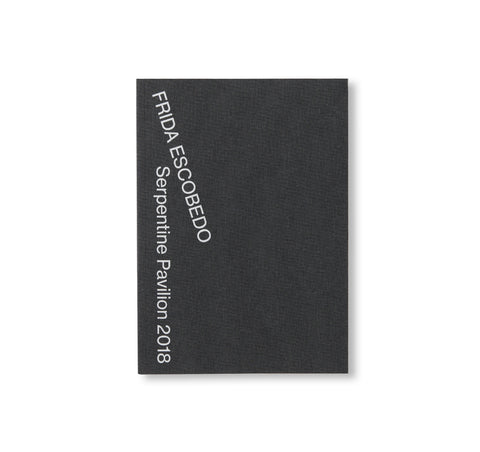THE BOOK OF HOURS by Frida Escobedo
メキシコ人建築家、フリーダ・エスコベド(Frida Escobedo)の作品集。今日のスマートフォンのように、中世のヨーロッパでは時祷書(the books of hours)が個人的な必需品だった。持ち主にとって意味を持つ文章が集められた手書きの写本には、毎日定時に行う祈祷の時間が示されており、祈りを中心に一日を構成する系統立った方法が記されていた。
緻密に描かれた細密画や彩飾が施された時祷書の形式は人によって様々だったが、どれも1日を通じて一定の間隔で朗読される祈りの言葉が含まれていた。公的な時間軸と私的な時間軸が時祷書の中で融合し、そこはかとない美さを感じさせる、実体をもった不滅の形へと結晶化していた。
この今では消えてしまった敬虔な慣習を現代的に解釈した本書は、24のものを異なる時間間隔で撮影し、その進化を捉えることで、物質と光の新しい暦を作るプロジェクトである。時間に対する人々の理解が、生産性という観点から時間を整理して考えるという非宗教的なものへと移行している今、本作は、現代における瞑想の位置づけと、その可能性と必要性を問うている。個人的なコレクションの公開展示である本書は、写真に収められた数々のものに思いを馳せるように読者を導き、それらがかつて時の鋳型の中で燃える針であった光とどのように相互作用したのかを追体験させる。
2018年、ロンドンのケンジントンガーデンズで毎年開催される「サーペンタインパビリオン(SERPENTINE PAVILION)」の設計という栄誉ある指名を受け、当時最年少の建築家としてこのプロジェクトを手がけて以来、作者は自身の名を冠したスタジオの名声が世界的に広がっている。2022年には、ニューヨークの「メトロポリタン美術館(The Metropolitan Museum of Art / The Met)」の新しいモダン&コンテンポラリー分館を設計する建築家に任命され、同美術館の建物を設計した最年少かつ初の女性建築家となった。
Perhaps as ubiquitous as smartphones today, the books of hours were a private necessity in Europe during the Middle Ages. These manuscripts contained collections of texts that were meaningful to each owner, as well as an organized method of structuring the day around prayer by marking the passing of the canonical hours. Although highly personalized, with intricate miniatures and illuminations, all books of hours contained sections to be recited at regular intervals throughout the twenty-four hours of the day. In them, the public and the private timescales converged, crystallized into a material, perdurable form not devoid of beauty.
“The Book of Hours” by Frida Escobedo is a modern exegesis of this extinct devotional practice: a project in which twenty-four objects were photographed at different intervals of time to capture their evolution, making a new calendar of matter and light. As humanity has transitioned to a secular understanding of time in which hours are organized and conceived in terms of productivity, “The Book of Hours” interrogates the place of contemplation in our era, its possibility and necessity. Through this book – a public display of a private collection of objects – readers are invited to contemplate these arrays of matter and experience the ways in which they once interacted with light, that burning needle in time’s template.
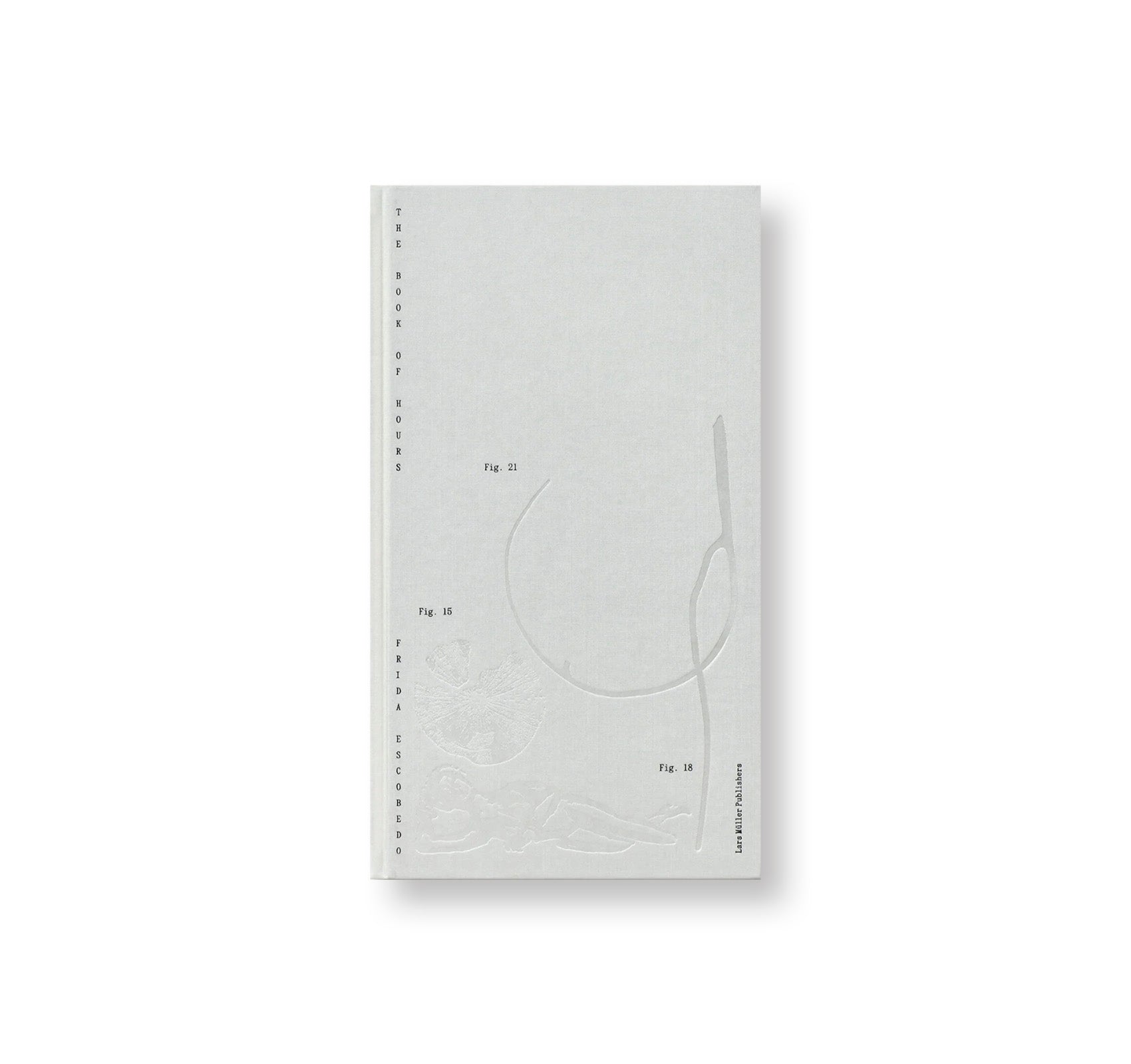
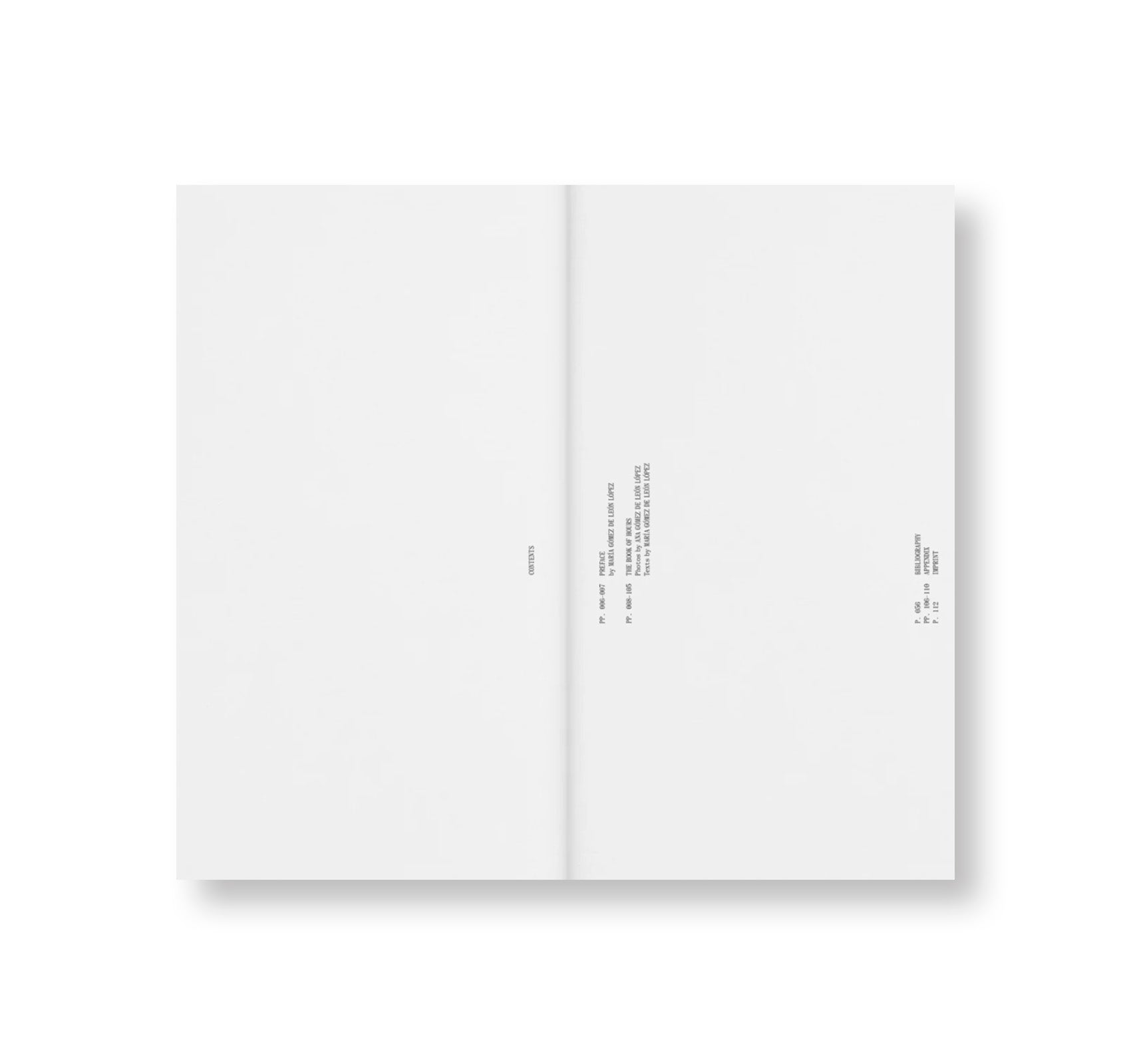
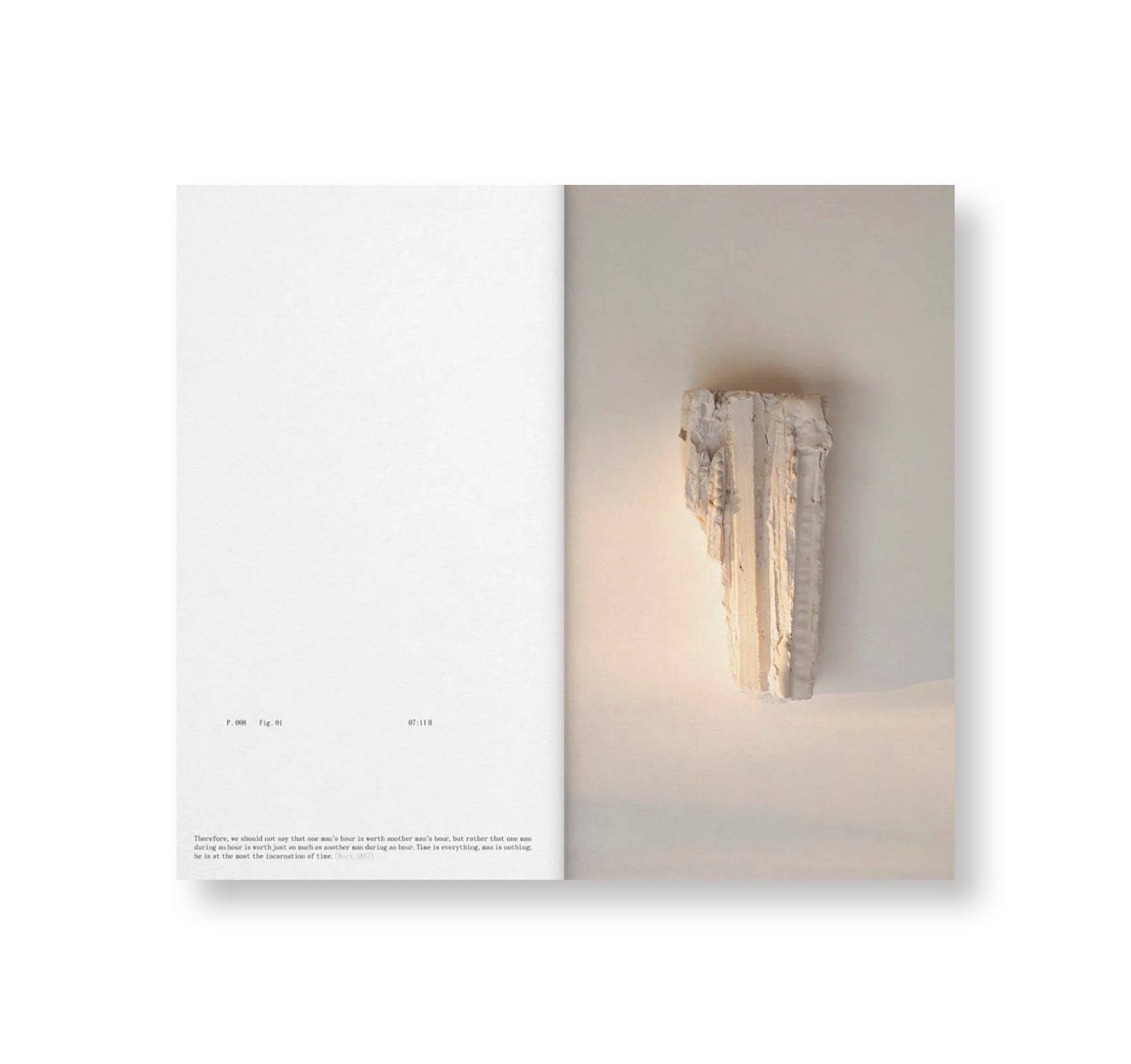
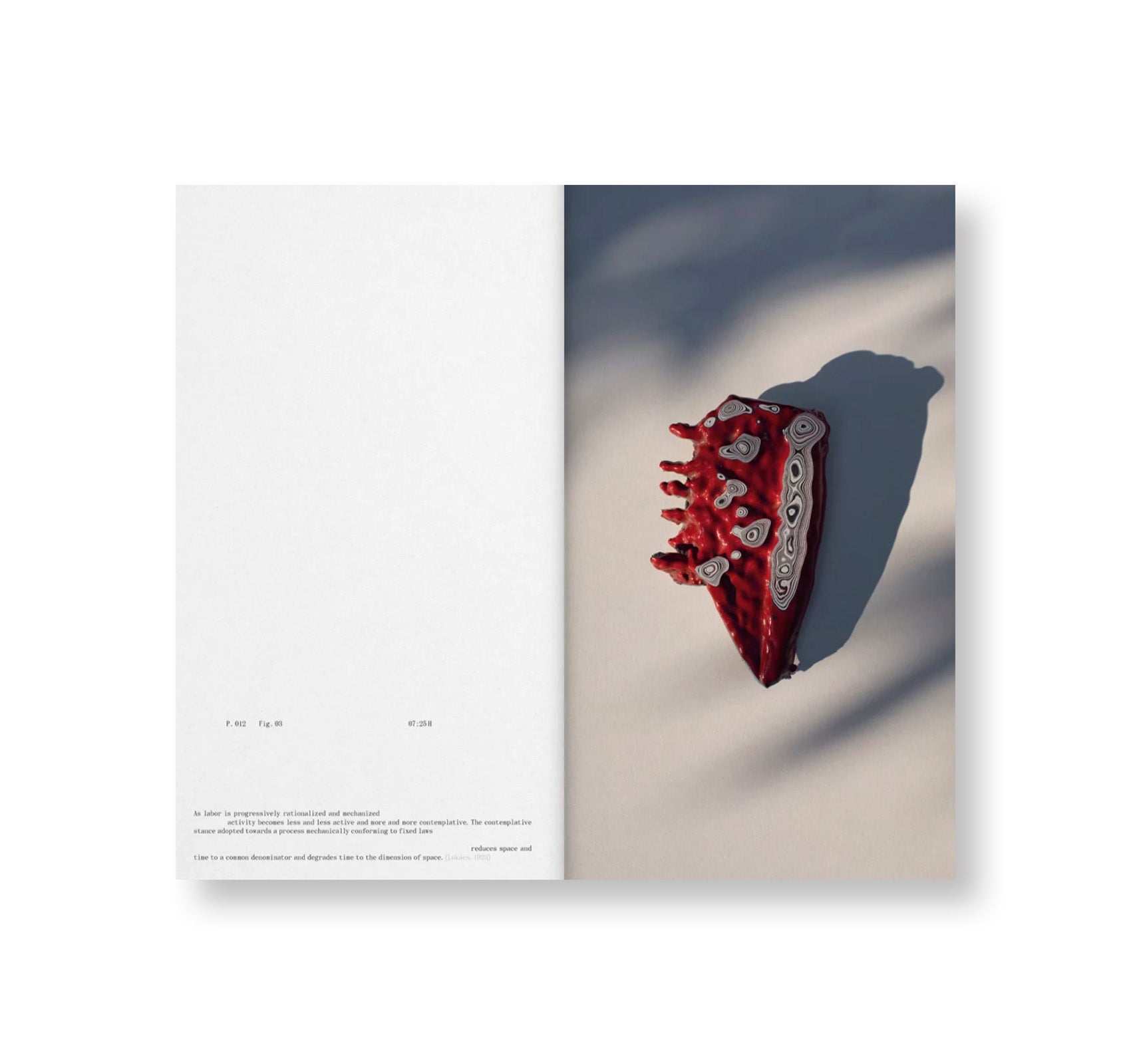
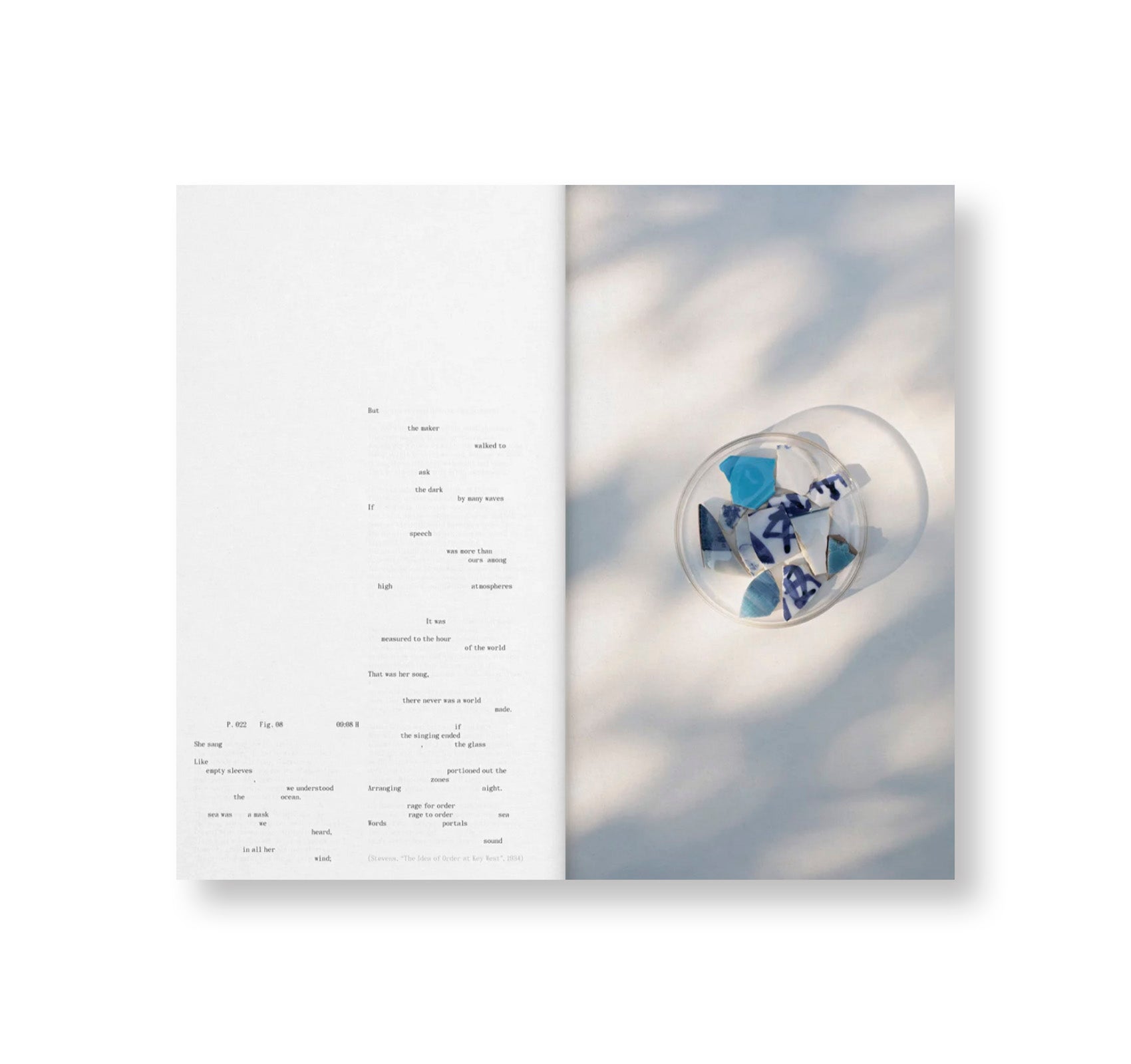
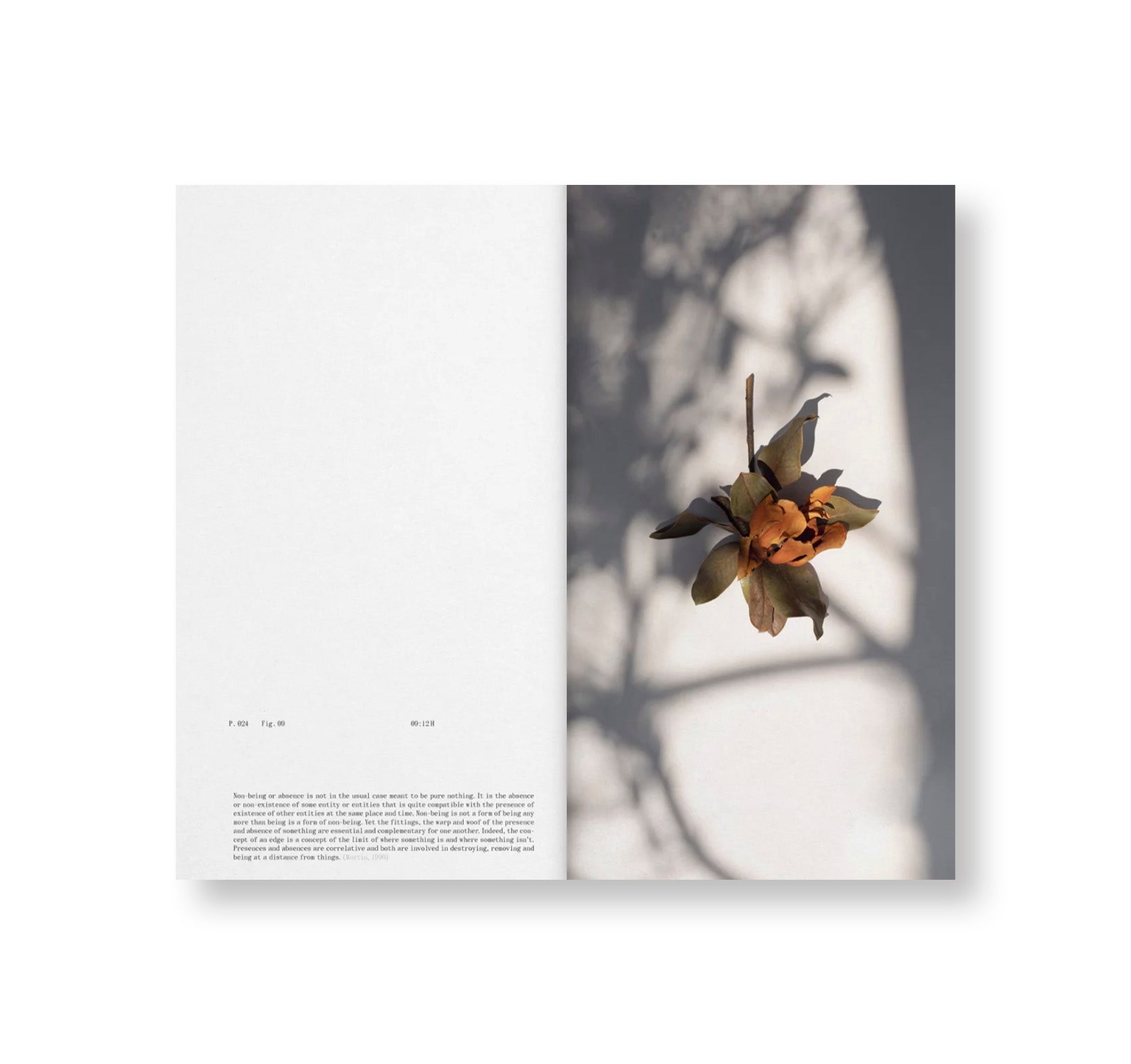
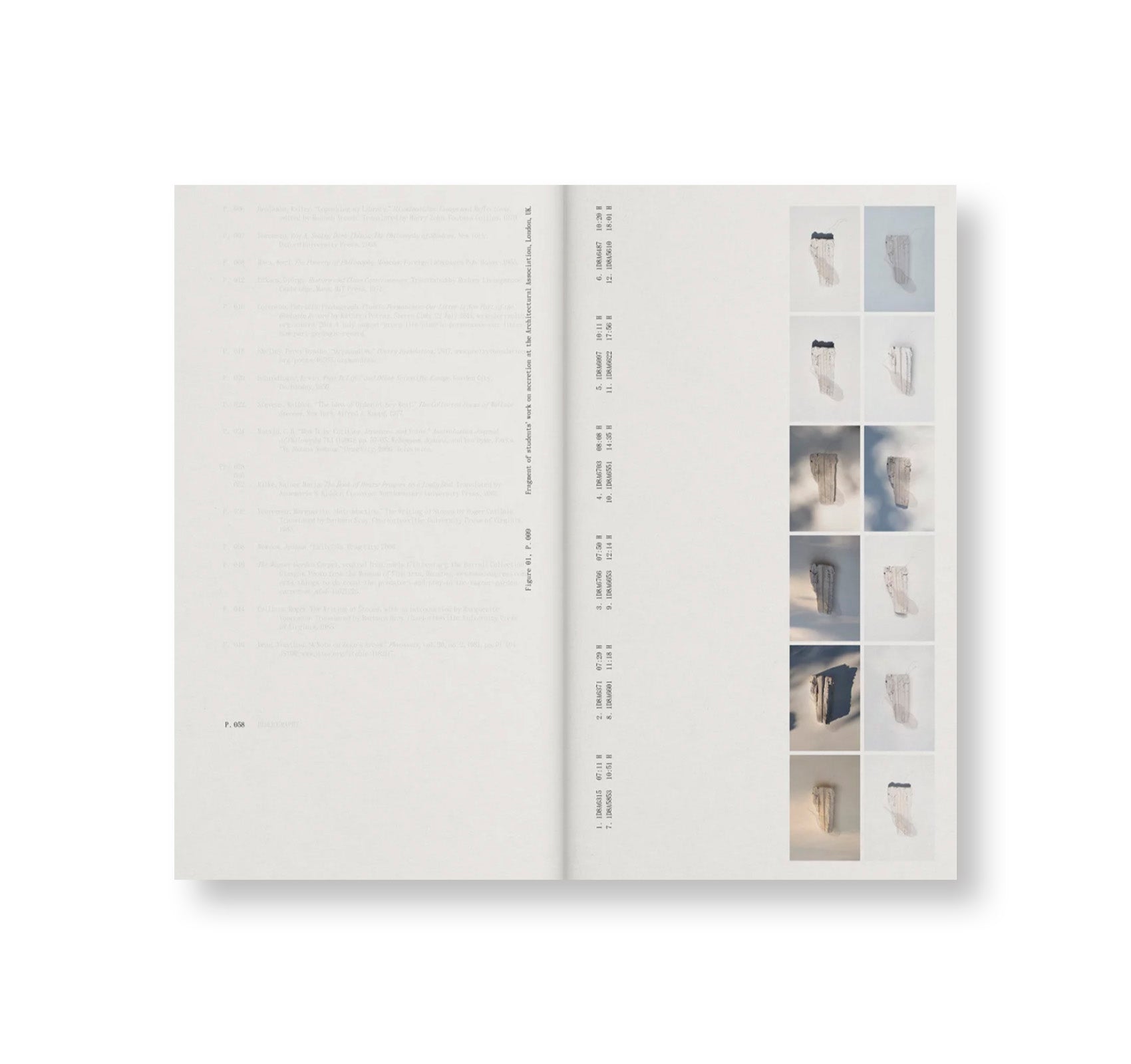
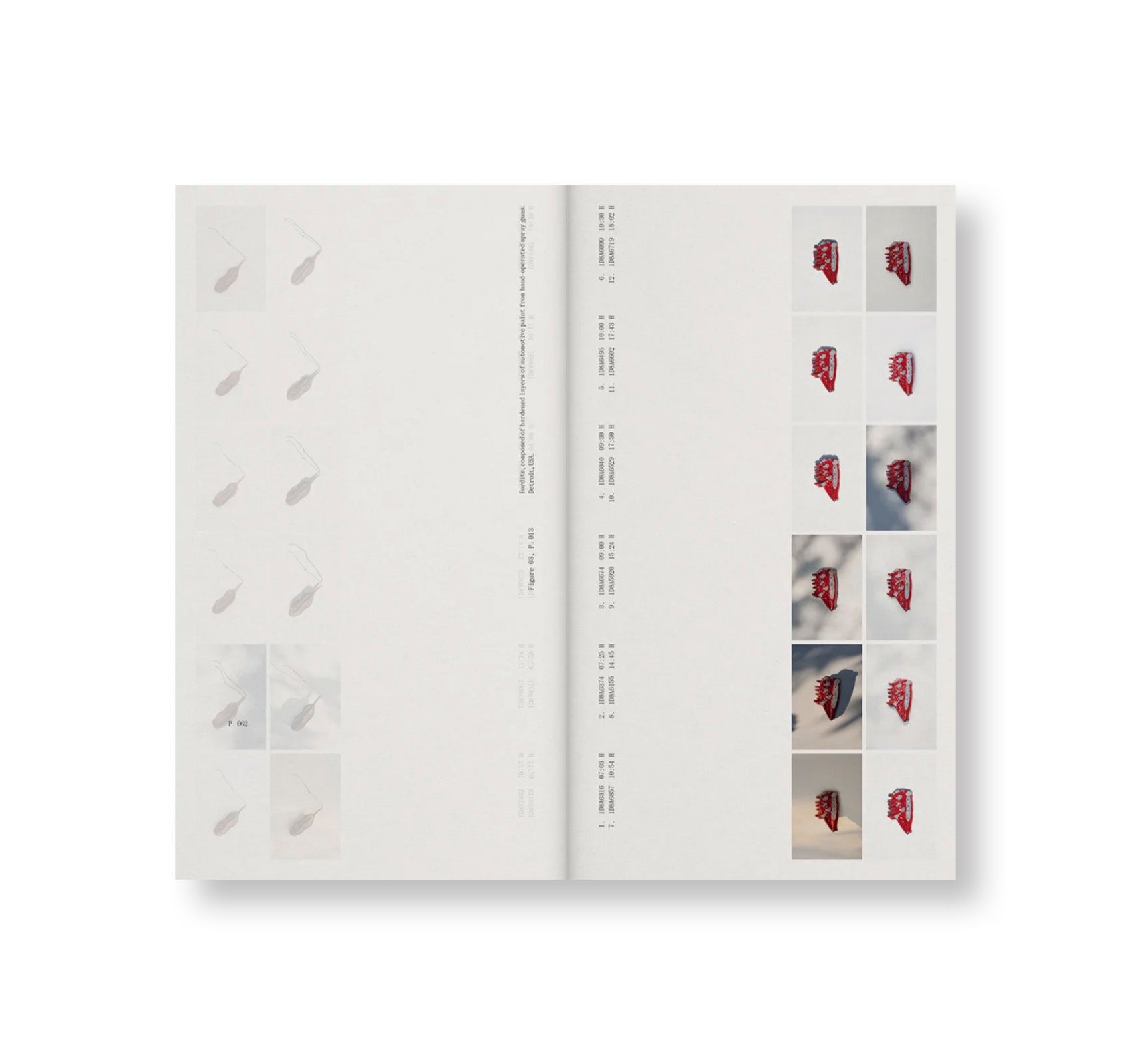
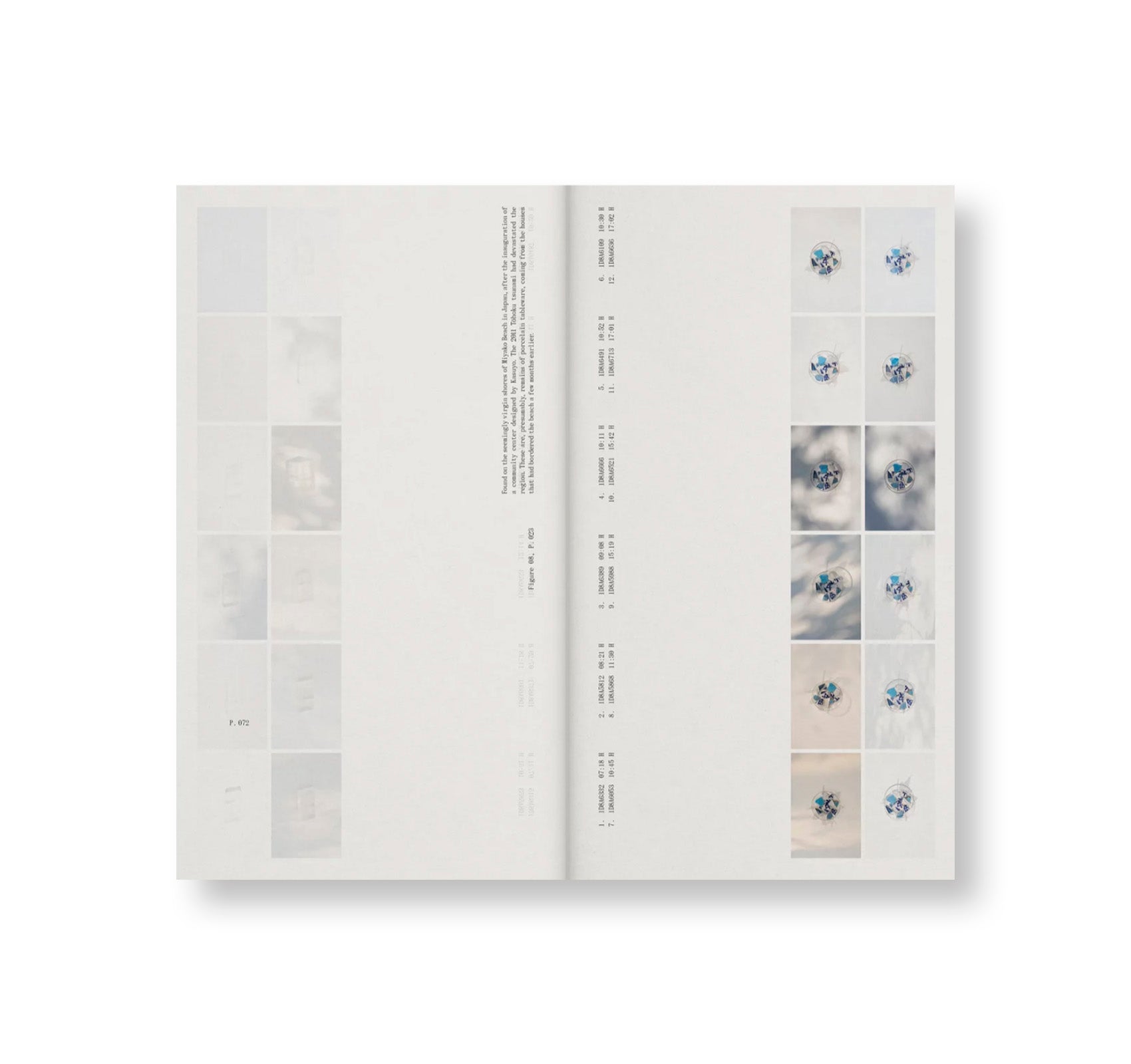
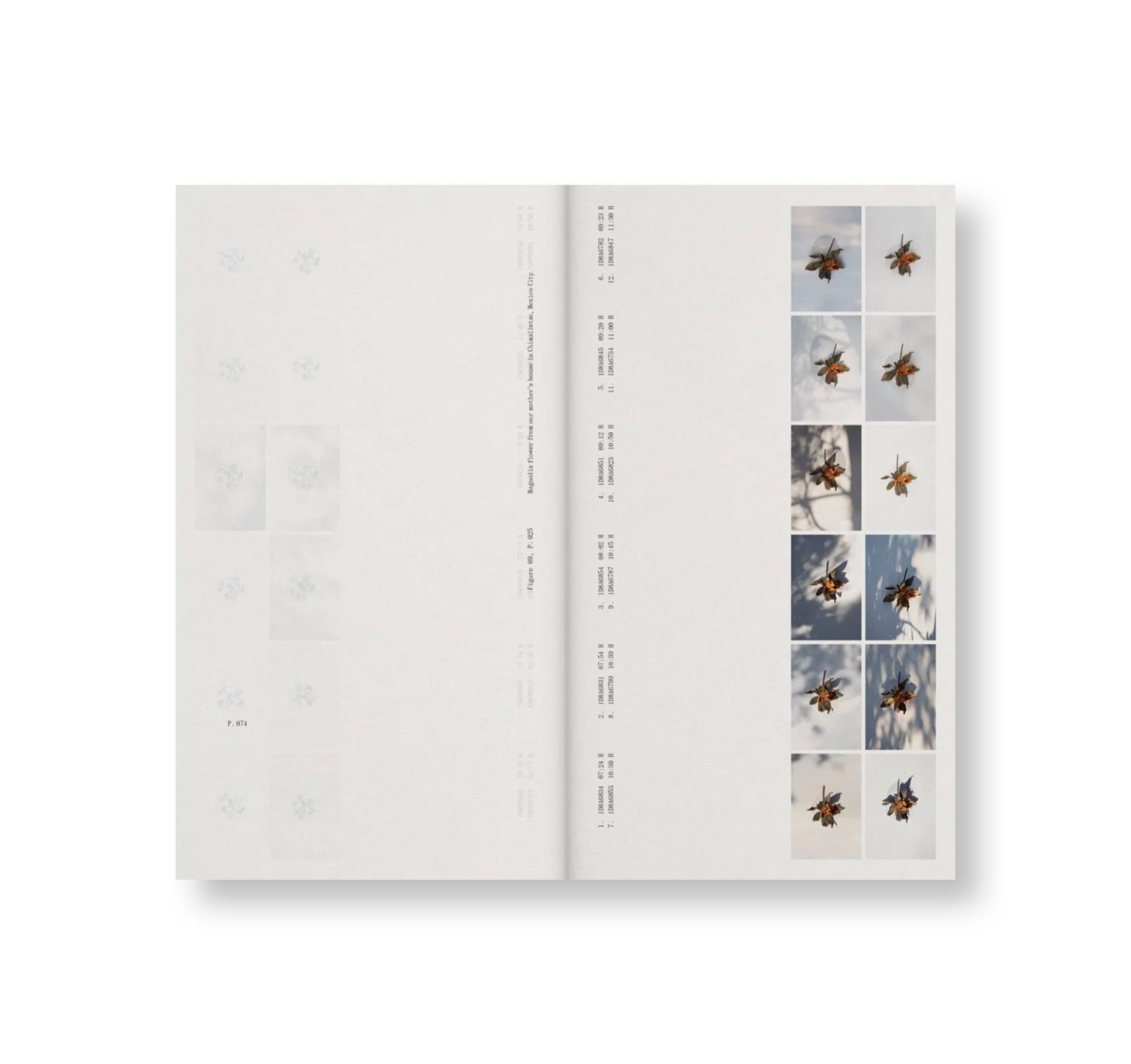
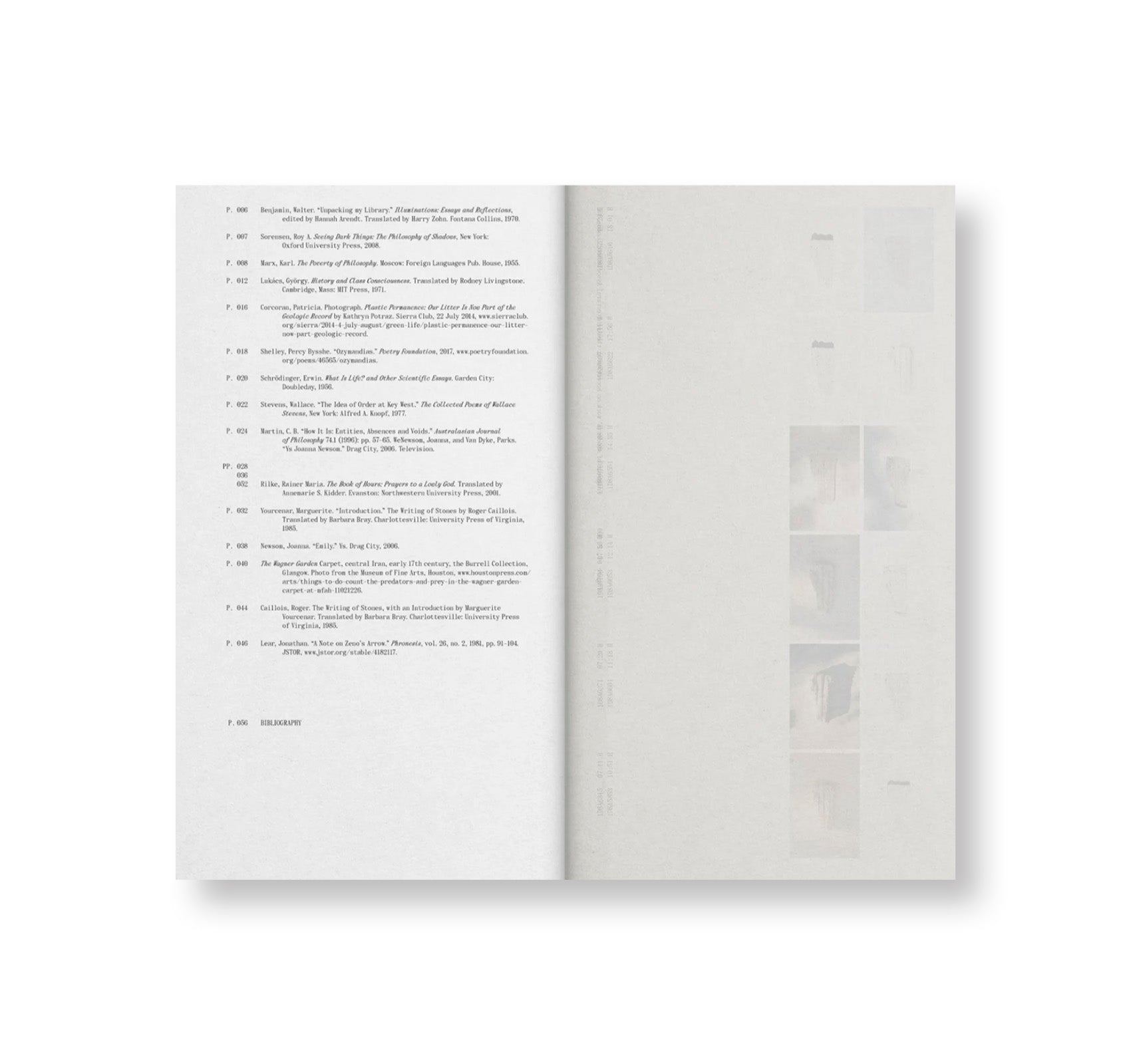
![SUSPENDED MOMENT: THE ARCHITECTURE OF FRIDA ESCOBEDO by Frida Escobedo [ENGLISH EDITION]](http://twelve-books.com/cdn/shop/files/00_bb64b03c-32df-46ed-b6bb-4e115717d08a_large.jpg?v=1760075144)
